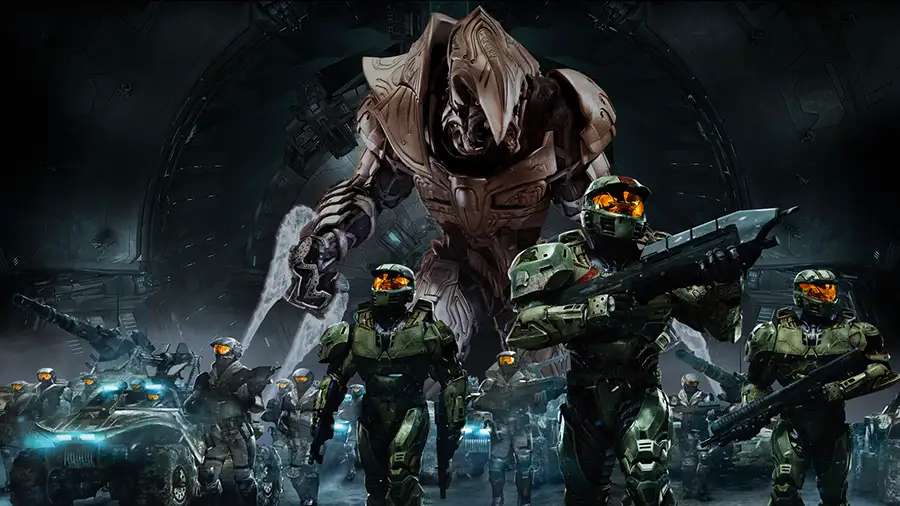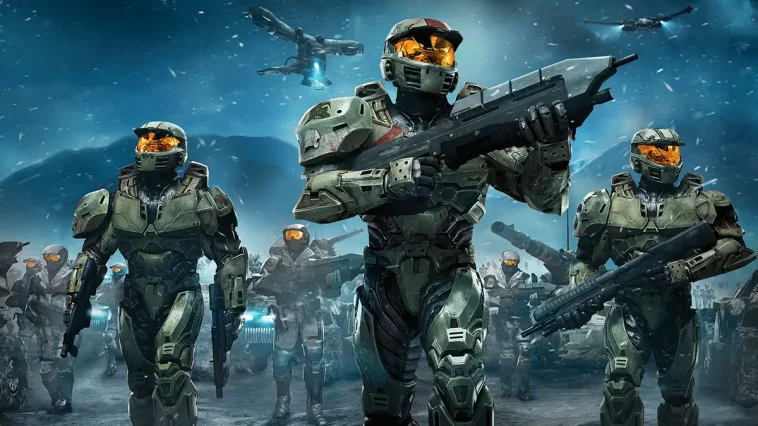The “Halo” franchise is celebrated for its gripping first-person shooter games, but it took a bold step beyond the traditional format with “Halo Wars.” Developed by Ensemble Studios and published by Microsoft Game Studios, “Halo Wars” brought real-time strategy (RTS) gameplay to the iconic Halo universe.
In this article, we’ll explore the world of “Halo Wars,” highlighting its unique approach to strategy gaming, its connection to the larger Halo storyline, and its impact on the RTS genre.
A New Frontier in the Halo Universe:
Released in 2009, “Halo Wars” marked a significant departure from the franchise’s established first-person shooter genre. Instead, it introduced players to the world of real-time strategy, where commanding armies, resource management, and tactical decision-making take center stage. Set 21 years before the events of the original “Halo: Combat Evolved,” the game offers a fresh perspective on the iconic universe.
The UNSC vs. The Covenant:

In “Halo Wars,” players take on the role of Captain James Cutter, leading the United Nations Space Command (UNSC) forces aboard the UNSC Spirit of Fire. Their primary adversary is, of course, the theocratic alien alliance known as the Covenant. The game’s narrative unfolds across thirteen missions, immersing players in a storyline filled with strategic challenges and engaging characters.
Streamlined RTS Gameplay:
“Halo Wars” successfully adapted the complexities of RTS gameplay to the console environment, simplifying controls while maintaining strategic depth. Players build and command armies of UNSC troops and vehicles, utilizing iconic Halo units like Spartans and Warthogs. The Covenant, with its advanced technology and formidable forces, presents a constant threat that demands clever tactics.
Resource management is key to success, as players gather supplies and energy to deploy units and construct bases. The game’s user-friendly interface and intuitive controls make it accessible to both seasoned RTS veterans and newcomers.
Aesthetic and Sonic Excellence:
One of the game’s standout features is its production quality. “Halo Wars” retains the franchise’s signature visual and audio excellence. The attention to detail in unit design, environments, and sound effects immerses players in the familiar Halo aesthetic, despite the shift in gameplay style.
Expanding the Halo Lore:

“Halo Wars” isn’t just a spin-off; it contributes significantly to the Halo lore. The game’s storyline introduces new characters and provides a deeper understanding of the broader conflict between humanity and the Covenant. It bridges gaps in the narrative, shedding light on events that shaped the Halo universe.
Legacy and Influence:
While “Halo Wars” received praise for its console-friendly approach to RTS, it also faced challenges in adapting a traditionally PC-centric genre. Nevertheless, it remains a beloved entry in the Halo franchise and the RTS genre. Its success paved the way for “Halo Wars 2,” further expanding the universe and refining the RTS formula.
In conclusion, “Halo Wars” is a testament to the versatility and enduring appeal of the Halo universe. It took a bold step into the realm of real-time strategy, offering players a fresh way to experience the epic battles and rich storytelling that define the franchise.
With its streamlined gameplay, compelling narrative, and immersive presentation, “Halo Wars” holds a unique place in the hearts of Halo fans and strategy gamers alike.



Comments